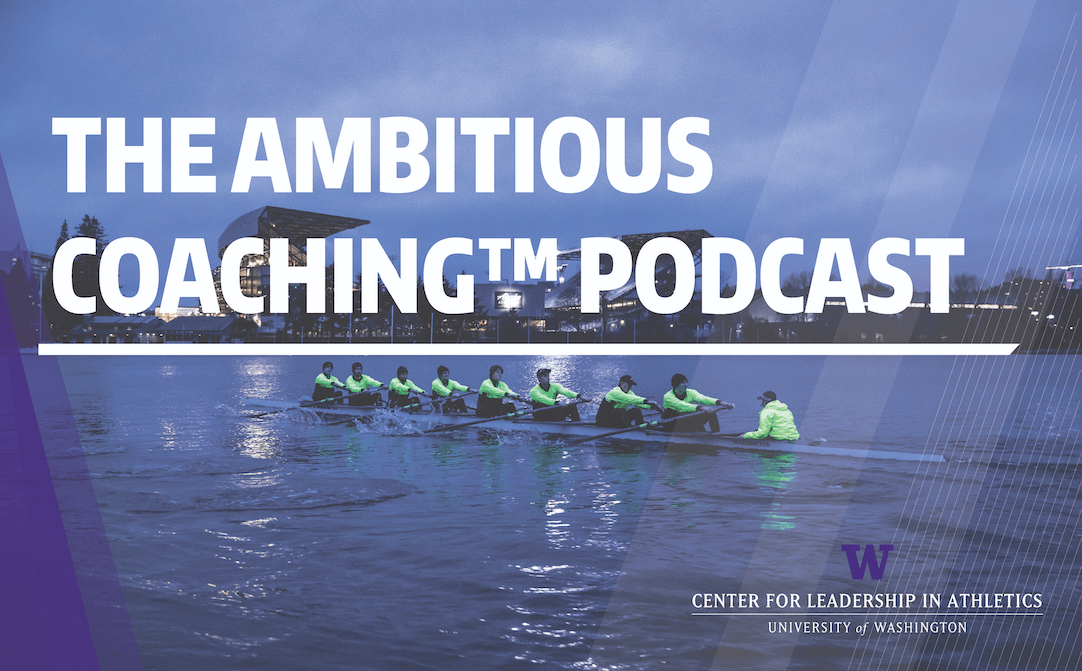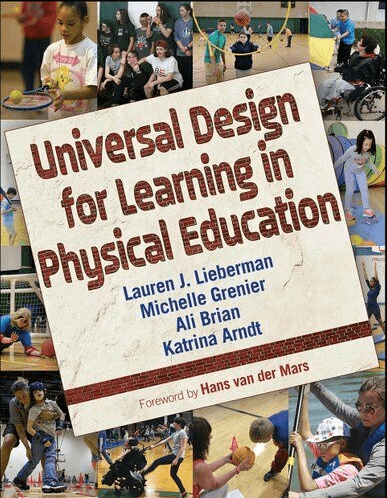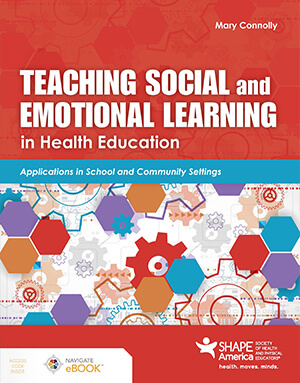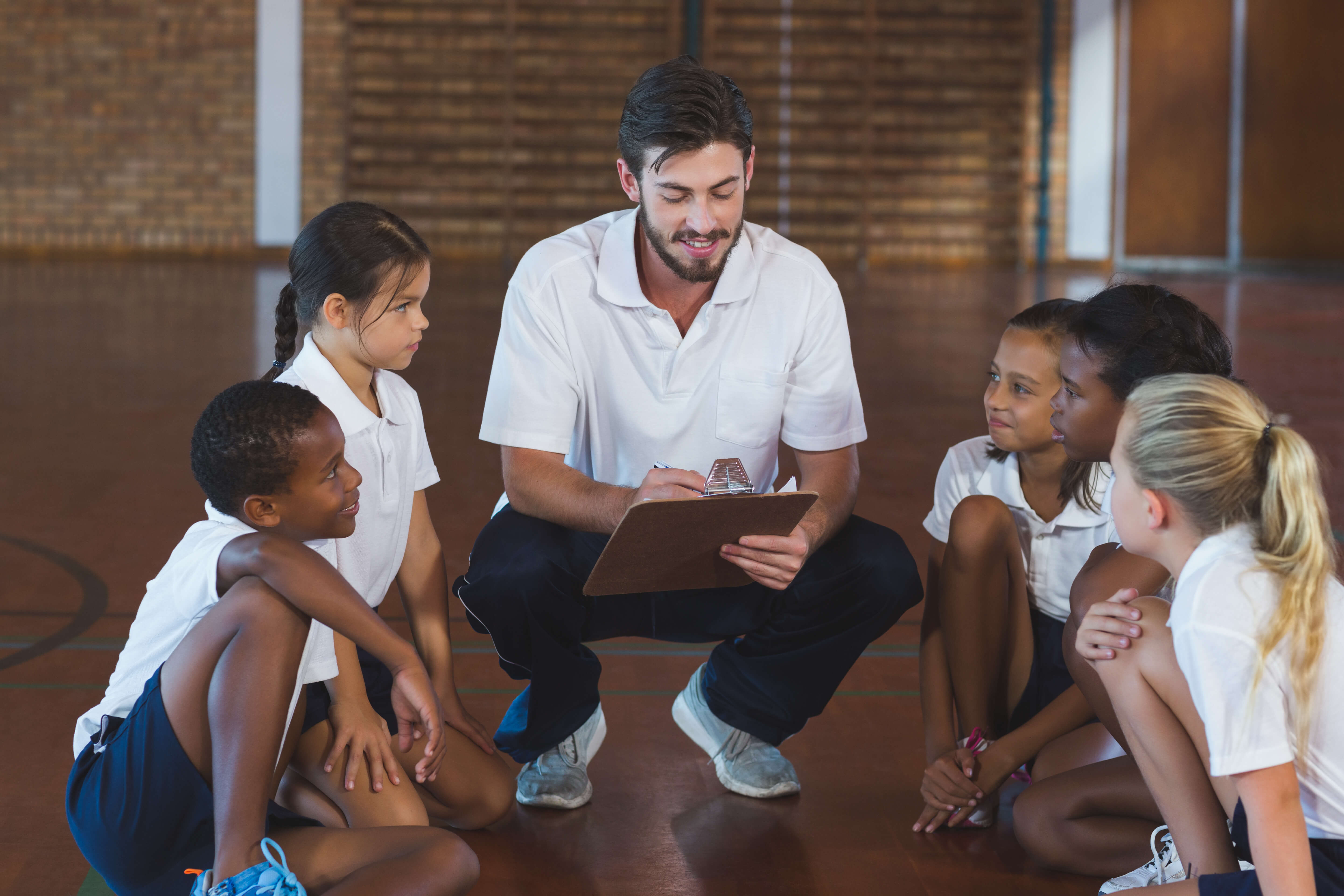For a Complete List of Featured Podcasts (click on Read More)
Featured Books
PE as the Incubator of Risk
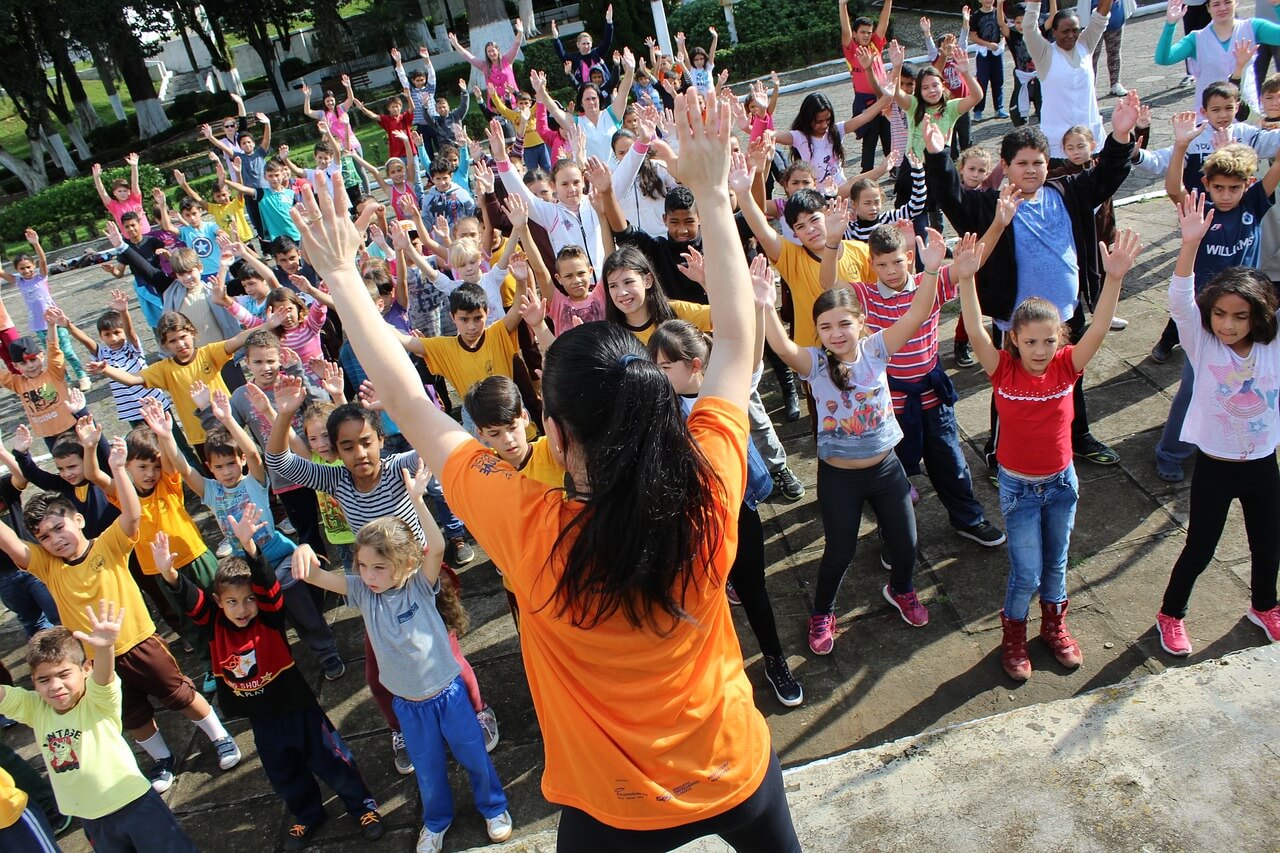
Physical Education classes have gotten bigger over the course of the pandemic. The powers that be knowingly placed too many kids within too small an area. Wildly, there is this underlying assumption that whatever is asked of PE and the PE teacher will be OK. Though COVID has highlighted the vast chasm between PE and the rest of campus, the many effects of the virus will not be the emphasis of this article. Instead, I will attempt to cast a light on the larger, more long-term tendency that is crippling Physical Education — the fact that anyone, at any time is haphazardly added to the class roster. There is no cohesion of who, which means there is no cohesion of what.
Classes are filled by available space, and there is ALWAYS space available in PE
Athletic Performance Training: Common Barriers with Program Implementation within High Schools Systems
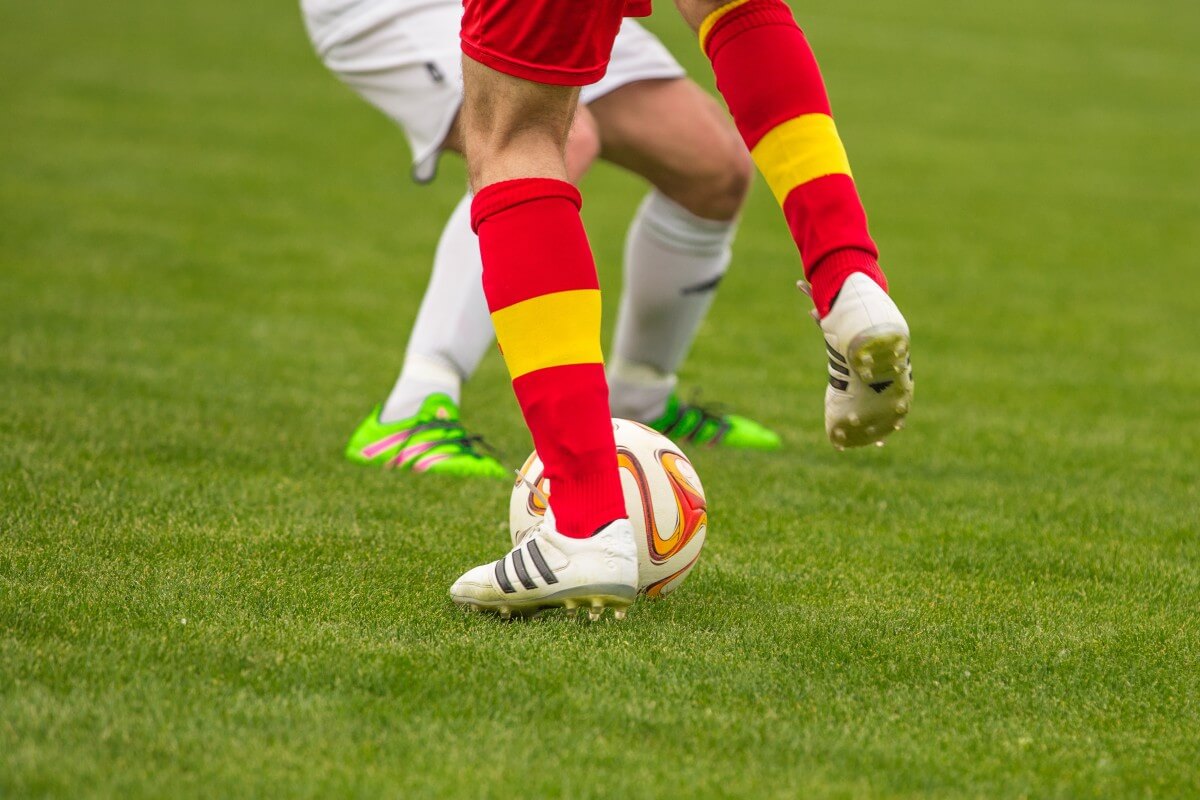
In 2017-2018 the CDC estimated childhood obesity in youth ages 2-19 years old to be at 19.3% with a continued upward trajectory. Physical education, training, and sports participation are crucial now more than ever to help mitigate long-term health conditions, orthopedic injury, and mental health. Often student-athletes will enter into training programs with large deficiencies in basic motor control, strength, and overall health. Therefore, many school systems and workplaces are looking for qualified professionals to help implement physical education and training programs for youth physical development.
In North Dakota, Bismark Sanford POWER has been fortunate enough to be a resource for many schools and athletic programs. We work with school administrators to implement long-term athletic development programs for student-athletes to have the opportunity to learn skills to help them excel in school, sport, and develop lifelong habits under the guidance of credentialed professionals. Sanford POWER is a long-term athlete development program that implements the most current research-backed training methodologies in strength, power, speed, agility, and energy system development to help develop robust student-athletes that are more resilient to injury. We work with all populations—youth, collegiate, professional, adult, and tactical—to help develop lifelong skills and the ability for individuals to gain confidence in a positive, high-energy environment.
Snow Much Fun!
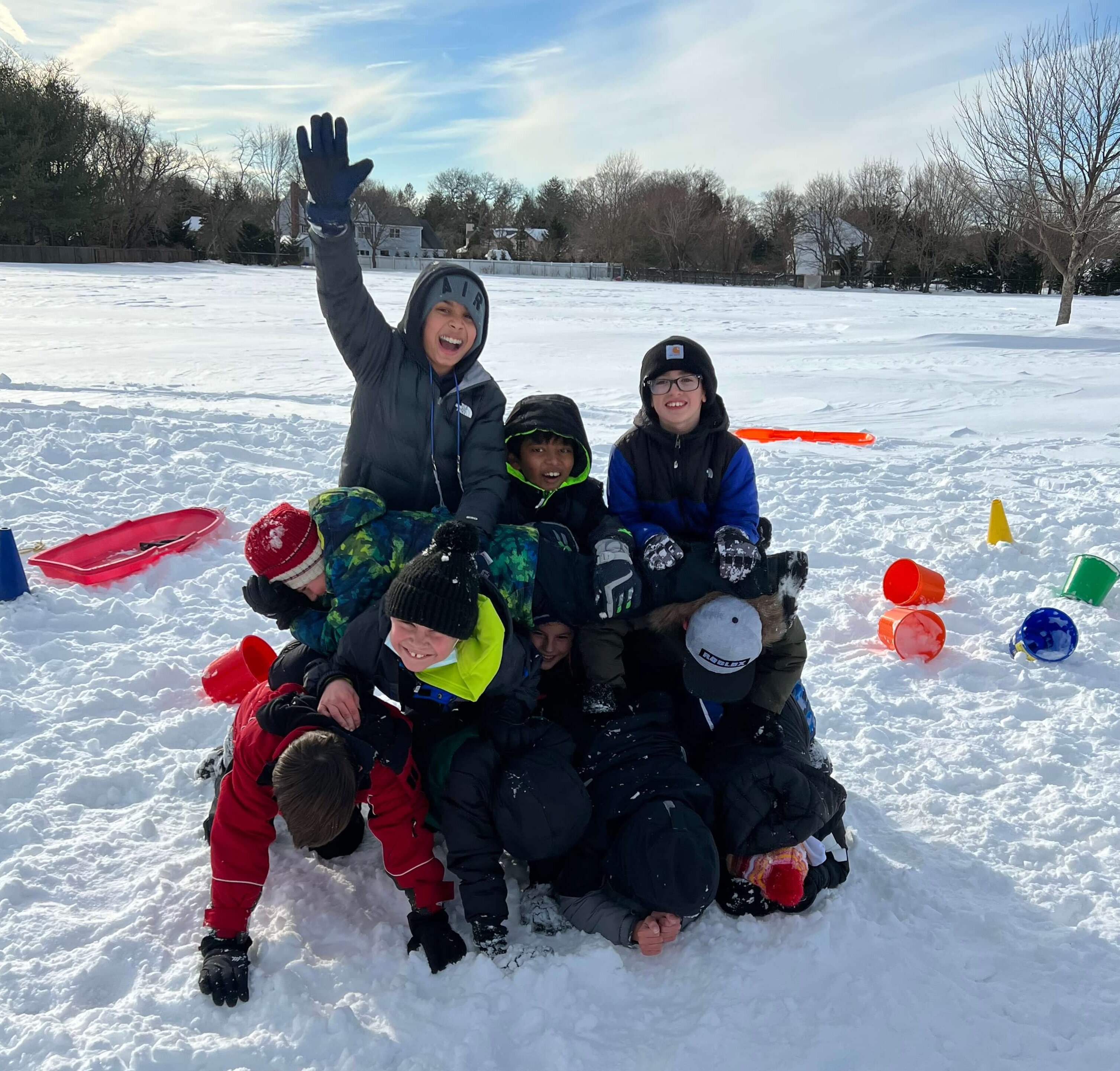
With winter and cold weather upon us, children’s play is often limited to the indoors both at home and in school. By the time the kids get home from school and finish homework, it is already getting dark, so outside playtime is limited. Plus, add lack of motivation to play in frigid temperatures to the list that limits outdoor play. Let’s not forget that most school districts do not allow students outside for recess if the temperature drops below a certain temperature. Don’t forget to add the pandemic to the list. Winter weather plus the pandemic equals not a lot of opportunities for students to get outside with friends and play.
As a way to change this and welcome the winter season, I have found some opportunities for our students to get outside more and play in the snow. Playing in the snow allows children to just be children and explore a world of endless opportunities. They can create artwork, build structures, create a dream world full of snow people, animals, and creatures. They can allow their imagination to soar. Snow is a blank canvas with an endless world of opportunities only limited by your imagination. Plus, if dressed appropriately, have you ever seen someone look unhappy in the snow? Even with adults, you can see the twinkle in their eyes and the mischief in their faces as they resort to being a kid again. Playing in the snow is one of the childhood memories, (and adult memories) that will be with them the rest of their lives.
Hard Questions About Teaching Physical Education
What is Physical Education’s Purpose?
I am neither a philosopher nor a sociologist, but the four rationales I commonly hear for physical education are:
Physical education has intrinsic value
Here physical education is valued as a fundamental form of human behavior -play, for its ability to create what in its simplest form might be described as the joy of moving. Play either as childhood play (e.g., spontaneous and invented games) or as organized and formal adult play (e.g., sports, dance, yoga). If physical education is rationalized in terms of intrinsic value the primary outcomes for teaching become turning kids on to moving, or what Siedentop (1980) called approach tendencies towards physical education, that is, a student’s willingness to engage in the content. This willingness is the result of a history of positive experiences with the content of physical education. Such a history requires that students are competent performers in the content. This can be contrasted with roll-out-the-ball approaches that cannot sustain joy-of-movement as an outcome because students fail to become competent.
(Editor’s Note: Originally published in PHE America April 1, 2014)
A Student/Athlete-Centered Approach to Endurance Coaching and Literacy Teaching
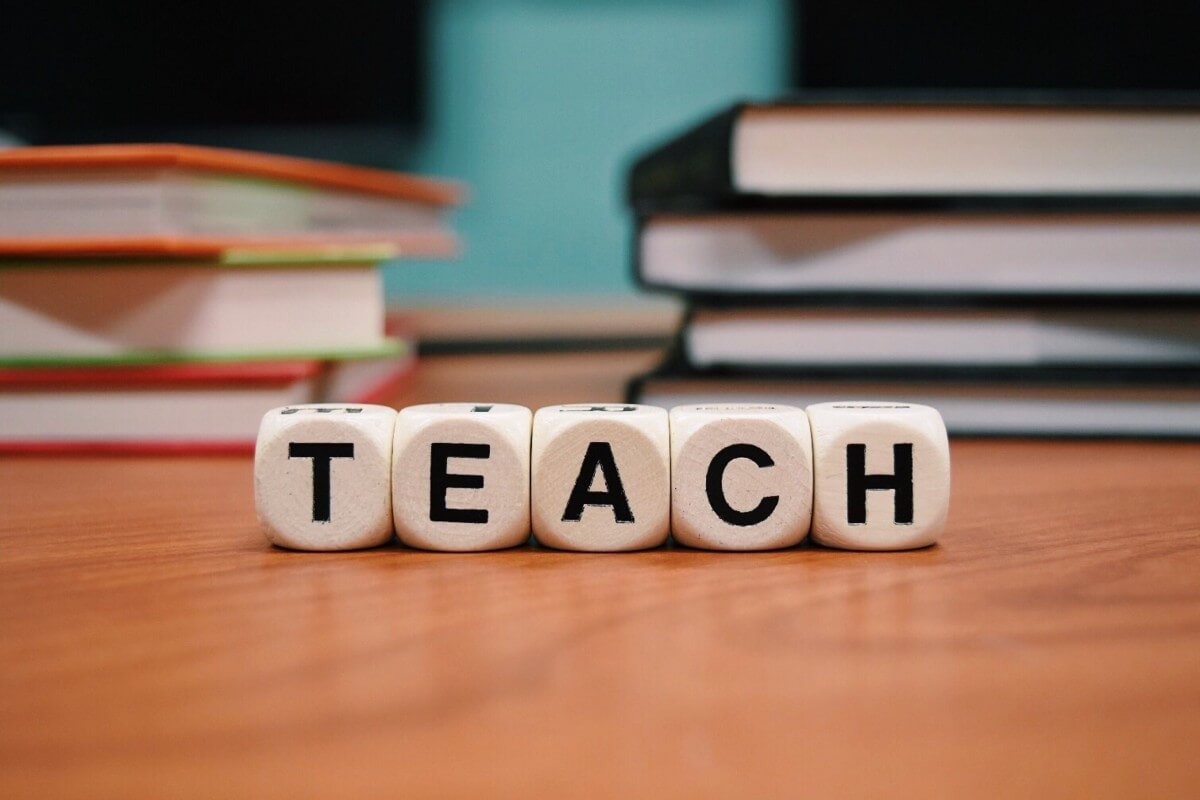
I (Dan) have been a literacy teacher and endurance coach (cross country, nordic skiing, and track and field) for over a decade, and a lifelong student and endurance athlete most of my life. Teaching and coaching, beyond raising my family, has been one of the absolute highlights of my life. From inspiring kids to read and developing their confidence as writers, to helping people become lifelong runners, skiers, and active people fills me with a sense of pride.
 In the early part of my career, I viewed these roles as separate entities in which knowledge would be gained by studying my craft in these specific areas. In fact, these professional roles have informed my philosophy of teaching and coaching in ways that are truly remarkable and supported by what I would describe as parallel research. Over the years I have observed that the following realities apply to both my teaching of literacy and coaching of endurance athletes:
In the early part of my career, I viewed these roles as separate entities in which knowledge would be gained by studying my craft in these specific areas. In fact, these professional roles have informed my philosophy of teaching and coaching in ways that are truly remarkable and supported by what I would describe as parallel research. Over the years I have observed that the following realities apply to both my teaching of literacy and coaching of endurance athletes:
- Teach/Coach the Person First
- Our Purpose Has to Be Deeper Than Winning/Grades
- Our Words Matter
- Practice Matters
- We Need to Be Responsive to The Topic of Anxiety
- This Work Is a Marathon and Not a Sprint

